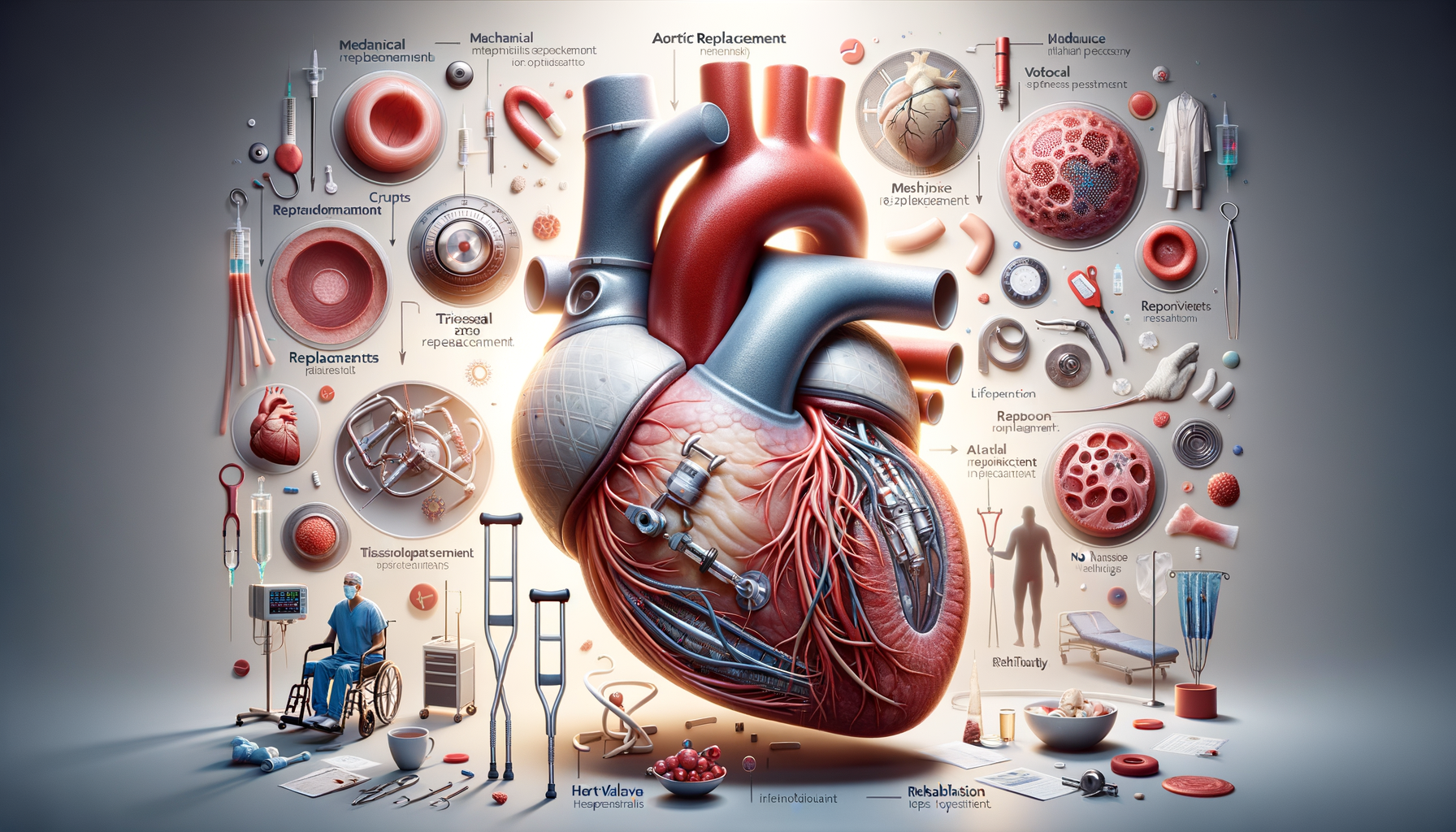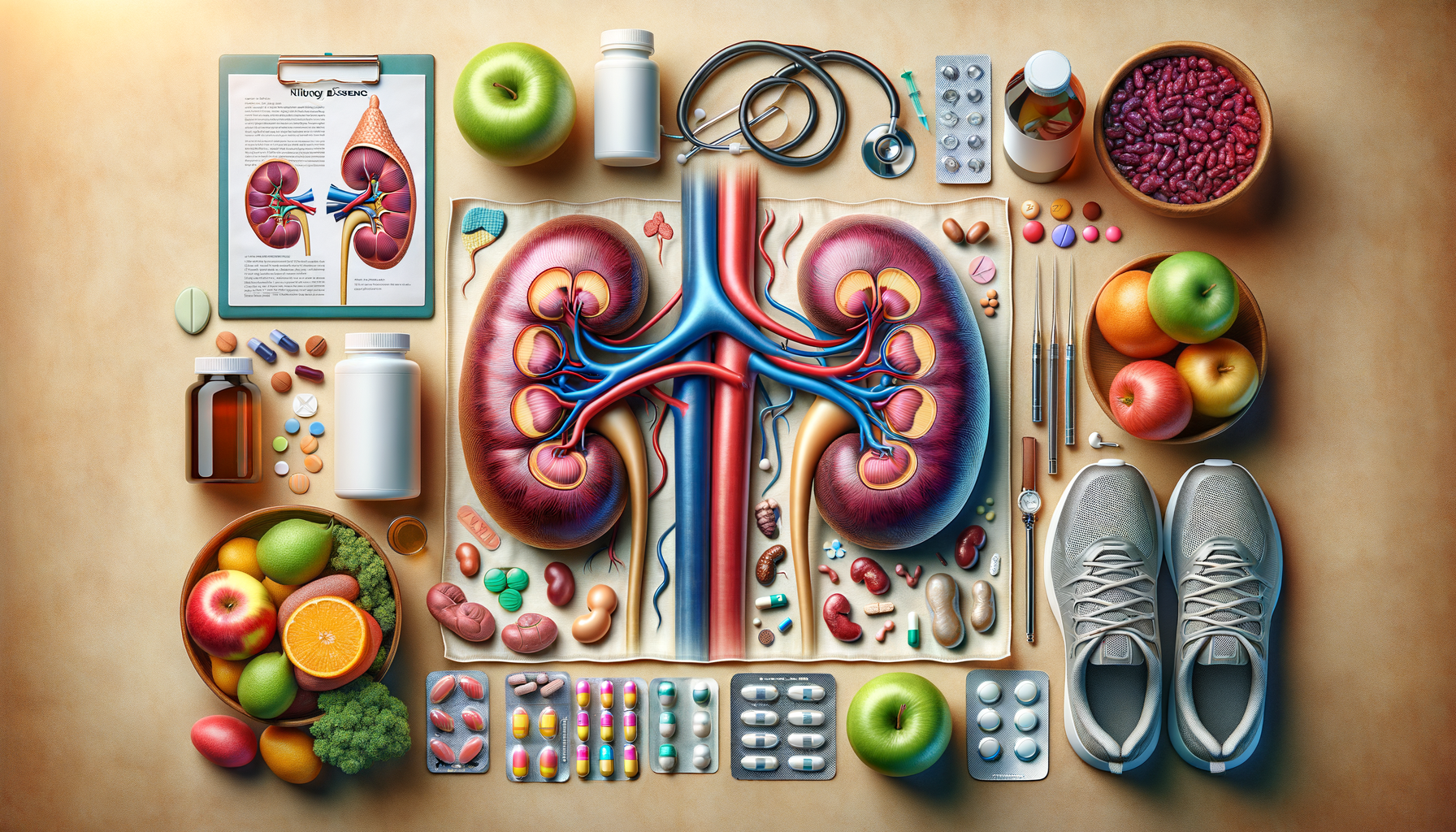Introduction to Aortic Valve Replacement
Aortic valve replacement is a crucial procedure for individuals suffering from severe aortic valve diseases, such as stenosis or regurgitation. These conditions can significantly impact heart function, leading to symptoms like chest pain, breathlessness, and fatigue. The procedure involves replacing the malfunctioning valve with a prosthetic one, which can be mechanical or biological. Understanding the factors that influence life expectancy and recovery after this surgery is vital for patients and healthcare providers alike.
What Influences Life Expectancy After Aortic Valve Replacement?
Several factors can influence life expectancy following aortic valve replacement. These include the patient’s age, overall health, presence of comorbidities, and the type of valve used. Older patients or those with additional health issues may face different challenges than younger, healthier individuals. Additionally, the choice between a mechanical valve and a biological one can affect long-term outcomes. Mechanical valves tend to last longer but require lifelong anticoagulation therapy, while biological valves may have a shorter lifespan but generally necessitate less medication.
Studies have shown that lifestyle factors, such as diet and exercise, also play a critical role. Patients who maintain a healthy lifestyle post-surgery tend to have better outcomes. Regular follow-up with healthcare providers is essential to monitor heart function and manage any complications that may arise.
Types of Aortic Valve Replacement Procedures
Aortic valve replacement can be performed using different surgical techniques, each with its own set of advantages and considerations. The traditional approach is open-heart surgery, where the chest is opened to access the heart. This method is well-established and allows for direct visualization of the heart structures.
Minimally invasive procedures, such as transcatheter aortic valve replacement (TAVR), are becoming increasingly popular, especially for patients who are considered high-risk for open-heart surgery. TAVR involves inserting a catheter through a blood vessel to replace the valve, which can reduce recovery time and hospital stay.
Choosing the right procedure depends on various factors, including the patient’s health, the severity of the valve disease, and the surgeon’s expertise. Each option has its own set of risks and benefits, which should be thoroughly discussed with a healthcare provider.
Expected Recovery and Post-Surgical Care
Recovery from aortic valve replacement varies depending on the type of procedure performed. Patients undergoing open-heart surgery may require a longer hospital stay and recovery period, often several weeks, to allow the chest to heal properly. In contrast, those who undergo TAVR might experience a shorter recovery time due to the less invasive nature of the procedure.
Post-surgical care is crucial in ensuring a successful recovery. Patients are typically advised to engage in cardiac rehabilitation programs that include monitored exercise, dietary guidance, and lifestyle counseling. Regular follow-up appointments are necessary to assess valve function and overall heart health. Patients should also be vigilant about any signs of complications, such as infection or valve dysfunction, and report these to their healthcare provider promptly.
Support from family and friends can significantly aid in the recovery process, providing emotional and practical assistance as patients adjust to life after surgery.
Conclusion
Aortic valve replacement is a life-saving procedure that can significantly improve quality of life for those with severe valve diseases. Understanding the factors that influence life expectancy and recovery, along with the types of procedures available, allows patients and healthcare providers to make informed decisions. With appropriate post-surgical care and lifestyle adjustments, many patients can enjoy a full and active life following their surgery.




Leave a Reply